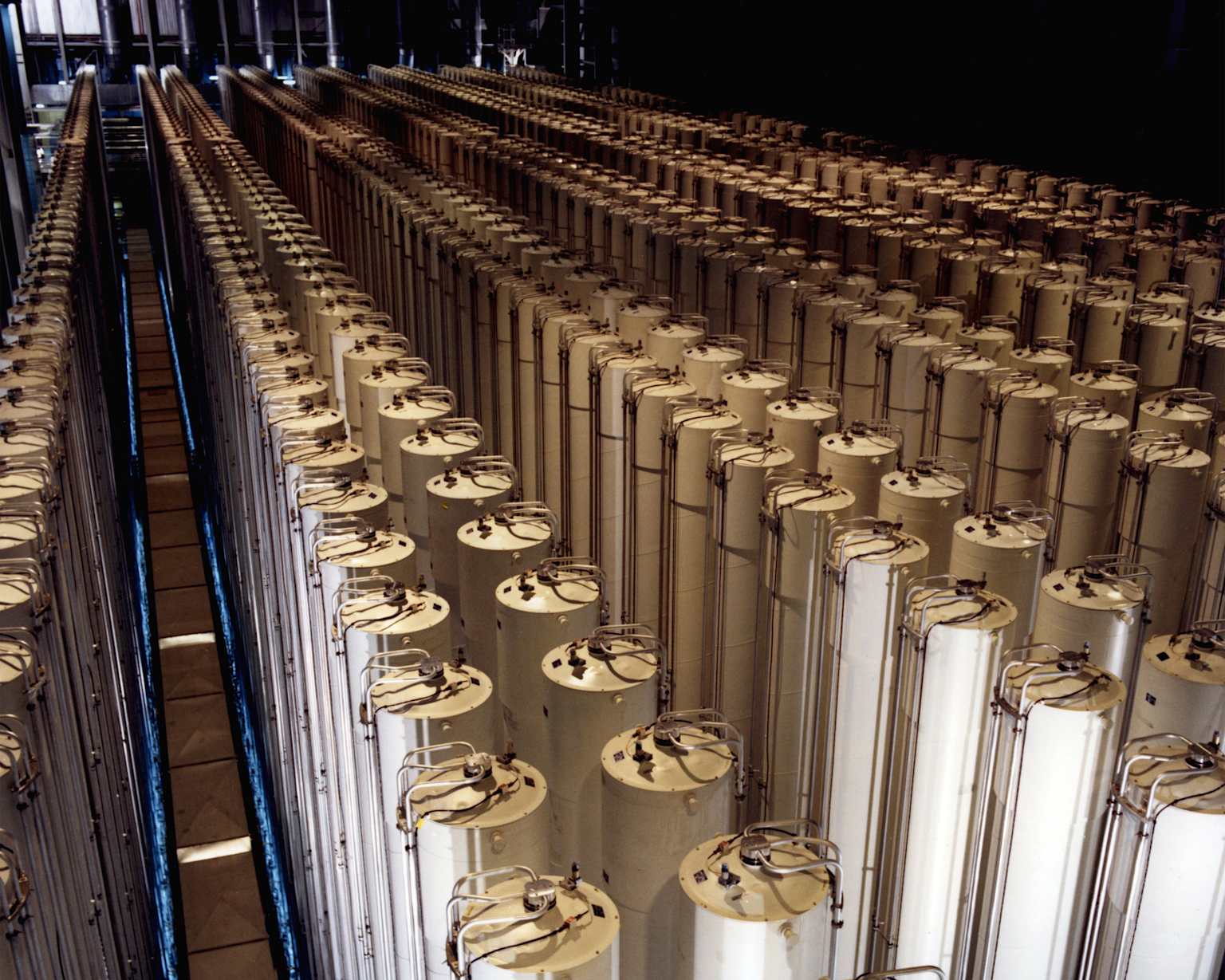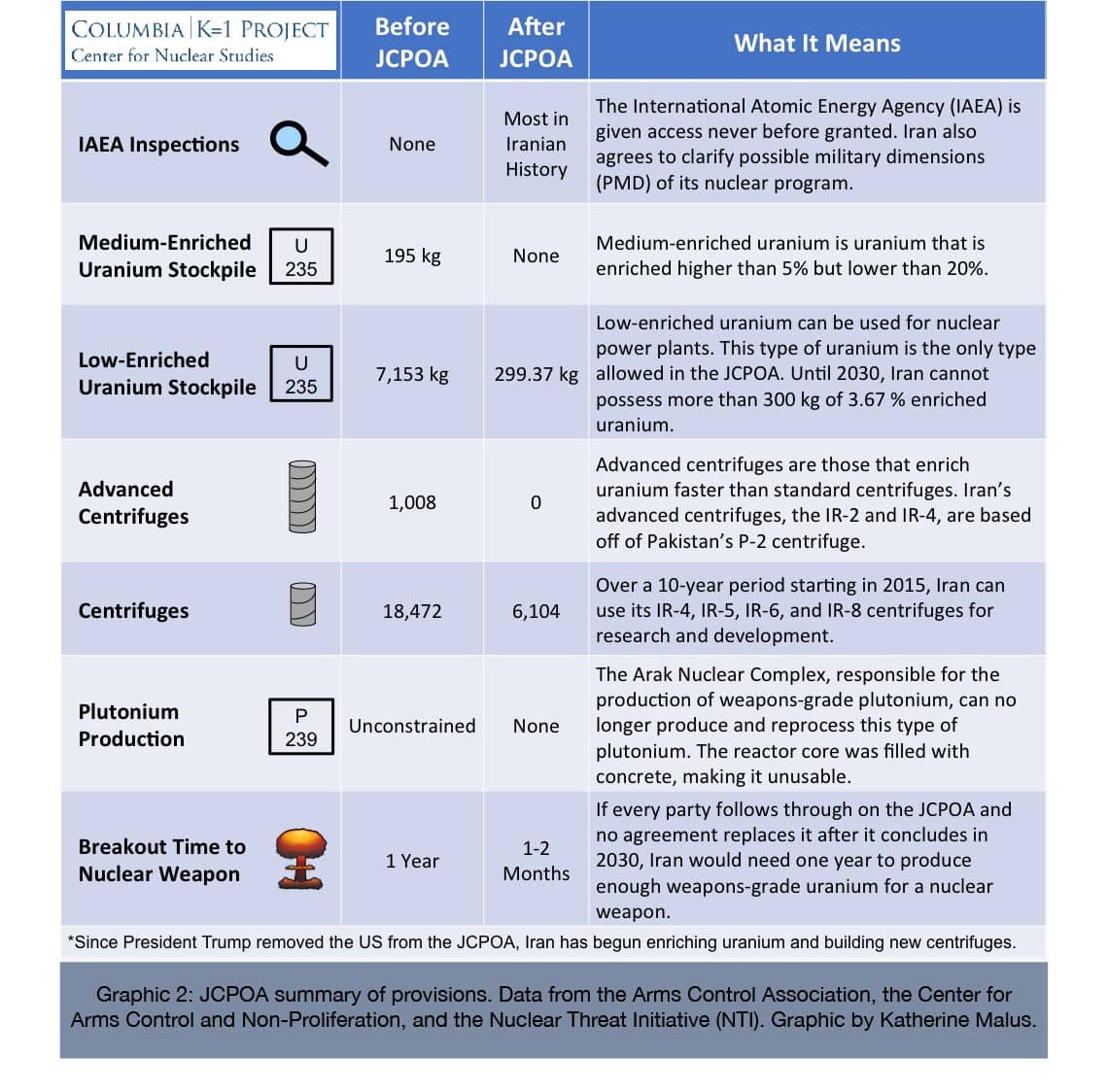The question of whether Iran’s Fordow nuclear facility was always intended for military purposes has been definitively answered through documents seized from Iran’s nuclear archive in 2018 1. The facility, known by its original code name “Al-Ghadir,” was designed from inception as a weapons-grade uranium production plant under Iran’s military nuclear weapons program 1.

Timeline of key events in Iran’s nuclear program from 1957 to 2018, including international agreements and disclosures regarding alleged military dimensions.
The Secret Military Origins
The Al-Ghadir program emerged as a critical component of Iran’s Amad Plan, a comprehensive nuclear weapons development initiative launched in 1999 12. The Amad Plan represented Iran’s most ambitious attempt to acquire nuclear weapons, aiming to produce five missile-deliverable warheads by 2004 13.
Construction of the Al-Ghadir facility began as early as 2002, contrary to Iran’s later claims that work started in 2007 14. Archive documents prove the facility was specifically designed to produce weapon-grade uranium enriched to over 90 percent U-235 15.
The military enrichment plant was expected to produce enough weapon-grade uranium for at least one to two nuclear weapons per year 16. This production capacity would have provided Iran with the fissile material necessary for a small nuclear arsenal 1.

Flowchart illustrating the Iranian pathway to a nuclear weapon under the Amad Plan, including the Al-Ghadir (Fordow) enrichment plant.
Strategic Deception and Transfer to Civilian Control
In 2003, as international pressure mounted, Iran officially halted the Amad Plan and transferred the Al-Ghadir project to the Atomic Energy Organization of Iran (AEOI) 12. This transfer represented a calculated deception designed to provide civilian cover for the fundamentally military project 1.
The handover from military to civilian control was carefully orchestrated to maintain the facility’s weapons-production capabilities while creating plausible deniability 1. Iran likely calculated that if the project was discovered, the civilian ownership would make international acceptance more likely 1.
Documents from the nuclear archive reveal a draft agreement between the AEOI and Iran’s Defense Ministry for transferring responsibility for enriching uranium from three percent to over 90 percent 1. This arrangement would have allowed Iran to maintain the weapons-oriented design while operating under civilian auspices 1.

Overhead view of the Fordow Fuel Enrichment Plant in Iran, an underground uranium enrichment facility nestled within mountainous terrain.
Construction Evidence and Timeline
Satellite imagery analysis has confirmed that construction at the Fordow site began well before Iran’s admitted timeline 4. Geospatial information shows that archive photos of Al-Ghadir support facilities can be dated to 2004 or earlier 15.
Commercial satellite imagery revealed construction materials and cement storage visible at the site by June 2007, indicating major construction activity was already underway 4. The IAEA noted that construction of covered tunnel entrances began in 2002 and continued through 2004 4.
Iran’s claim that construction only began in the second half of 2007 has been definitively refuted by satellite evidence 4. The facility’s underground location was specifically chosen to protect against military strikes, underscoring its military importance 78.

Timeline of Iran’s Al-Ghadir Program: From Military Origins to Current Nuclear Capabilities
The Technology Behind Al-Ghadir
The Al-Ghadir facility was designed to use low-enriched uranium (LEU) as feedstock rather than natural uranium, allowing for more efficient weapons-grade uranium production 15. This design choice would have roughly tripled the annual production of weapon-grade uranium 1.
The facility was planned to accommodate up to 3,000 centrifuges arranged in cascades optimized for high-enrichment operations 79. The plant’s design included specialized feed sections and product removal areas suitable for higher criticality conditions than found in civilian enrichment facilities 1.
IAEA inspectors who first visited Fordow in 2009 noted suspicious piping arrangements and modifications that suggested the facility was being rapidly converted from weapons-grade to low-enriched uranium production 1. The inspectors observed Iran stripping out cascade piping and cutting additional rock to accommodate larger autoclaves for LEU production 1.

A large array of gas centrifuges arranged in rows within a facility, typical for uranium enrichment.
International Discovery and Response
Western intelligence services discovered the Fordow facility’s existence before Iran’s official declaration to the IAEA in September 2009 109. President Barack Obama, along with French President Nicolas Sarkozy and British Prime Minister Gordon Brown, publicly revealed the secret site 1.
The facility’s covert nature, fortified location, and small size generated immediate concern that it was built for military purposes 11. The plant would be too small to produce enough enriched uranium to meet Iran’s civilian energy needs but perfectly sized for weapons production 11.
Iran’s failure to notify the IAEA of the facility until 2009 violated its obligations under the Subsidiary Arrangements to its Safeguards Agreement 4. The IAEA concluded that Iran was bound by its 2003 agreement to declare the facility as soon as construction was decided upon 10.

IAEA Director General Rafael Grossi speaks at a press conference.
Current Capabilities and Status
Today, Fordow operates as the only Iranian facility where IAEA inspectors have found uranium particles enriched to near weapons-grade purity 912. In 2023, inspectors detected uranium enriched to 83.7 percent, dangerously close to the 90 percent threshold for weapons-grade material 813.
The facility currently produces 60 percent enriched uranium, representing a major step toward weapons-grade capability 1314. As of May 2025, Iran had accumulated over 408 kilograms of 60 percent enriched uranium, enough for multiple nuclear weapons if further enriched 15.
Iran has significantly expanded its enrichment capacity at Fordow by installing nearly 1,400 new advanced centrifuges 16. This expansion will increase Fordow’s enrichment capacity by 360 percent, potentially enabling production of weapons-grade uranium for up to five nuclear weapons per month 16.

A device likely used by the IAEA for monitoring and verifying uranium enrichment processes.
The Successor: Kavir Plan
Recent intelligence revelations have exposed Iran’s new nuclear weapons program, codenamed the “Kavir Plan,” which has replaced the Amad Plan since 2009 1718. The National Council of Resistance of Iran revealed that this program operates under the direct orders of Supreme Leader Ali Khamenei 1719.
The Kavir Plan represents a more advanced and sophisticated approach to nuclear weapons development than its predecessor 18. The program operates under the cover of “securing the desert” and manufacturing satellite-launching missiles 1720.
Six sites in Semnan province have been identified as part of the Kavir Plan, working on warheads and related technology 1517. This new program demonstrates Iran’s continued commitment to nuclear weapons development despite international agreements and sanctions 1719.

A display of various advanced Iranian centrifuges, including IR5, IR6s, and IRS models, used for uranium enrichment.
IAEA Monitoring and Verification Challenges
The IAEA’s ability to monitor Iran’s nuclear activities has been severely compromised by Iran’s decision to withdraw the designation of several experienced inspectors 14. The agency has lost continuity of knowledge regarding centrifuge production and uranium stockpiles 14.
Iran’s removal of IAEA surveillance equipment has had detrimental implications for the agency’s ability to provide assurance of the peaceful nature of Iran’s nuclear program 14. The IAEA can no longer track Iran’s production of advanced centrifuges or their potential deployment at undeclared sites 14.
As of June 2025, IAEA Director General Rafael Grossi reported no visible damage at Fordow despite recent Israeli strikes 921. The facility’s deep underground location continues to provide protection against conventional military attacks 2223.

Summary of the Joint Comprehensive Plan of Action (JCPOA) provisions, illustrating changes in Iran’s nuclear capabilities, including uranium stockpiles, centrifuges, and breakout time to a nuclear weapon, before and after the agreement.
Implications for Nuclear Proliferation
The Al-Ghadir program reveals the extent of Iran’s deception regarding its nuclear intentions 1. The existence of a secret archive containing nuclear weapon design and manufacturing data is incompatible with Iran’s legally binding non-proliferation commitments 3.
Iran’s breakout time to nuclear weapons capability has been estimated at as little as one to two weeks for producing sufficient weapons-grade uranium . However, assembling a deliverable nuclear warhead would require several additional months to two years .
The international community’s tolerance of Fordow’s continued existence despite its clear military origins represents a significant failure in nuclear non-proliferation efforts 1. The facility provides Iran with the capability to rapidly produce weapons-grade uranium should it decide to abandon its civilian nuclear commitments 1.
Conclusion
The evidence overwhelmingly demonstrates that Fordow was always conceived as a military project under the Al-Ghadir program 15. The facility’s transfer to civilian control after 2003 represented strategic deception rather than a genuine change in purpose 1.
Iran’s nuclear archive documents prove that Fordow was designed to produce weapons-grade uranium for nuclear weapons, not civilian energy 16. The facility’s current capabilities bring Iran dangerously close to nuclear weapons breakout 13.
The revelation of the successor Kavir Plan indicates that Iran’s military nuclear ambitions remain active despite decades of international pressure 1718. The Al-Ghadir program’s legacy continues to threaten regional stability and global non-proliferation efforts 319.

Iran’s Uranium Enrichment Ladder: From Reactor Fuel to Weapons-Grade Material
Footnotes
-
https://en.wikipedia.org/wiki/Fordow_Fuel_Enrichment_Plant ↩ ↩2 ↩3 ↩4 ↩5 ↩6 ↩7 ↩8 ↩9 ↩10 ↩11 ↩12 ↩13 ↩14 ↩15 ↩16 ↩17 ↩18 ↩19 ↩20 ↩21 ↩22 ↩23 ↩24 ↩25 ↩26 ↩27
-
https://www.csis.org/analysis/options-targeting-irans-fordow-nuclear-facility ↩ ↩2
-
https://www.cnn.com/2025/06/17/middleeast/iran-fordow-nuclear-site-latam-hnk-intl ↩ ↩2 ↩3
-
https://www.cbsnews.com/news/israel-iran-war-fordo-nuclear-site/ ↩ ↩2 ↩3 ↩4 ↩5 ↩6
-
https://www.csis.org/analysis/three-things-will-determine-irans-nuclear-future-fordow-just-one-them ↩ ↩2 ↩3 ↩4
-
https://en.abna24.com/news/1697191/Iran-launches-extensive-programs-nationwide-to-celebrate-Eid ↩ ↩2
-
https://www.iranwatch.org/our-publications/weapon-program-background-report/history-irans-nuclear-program ↩ ↩2
-
https://www.aljazeera.com/news/2025/6/19/what-is-irans-fordow-nuclear-facility-and-could-us-weapons-destroy-it ↩ ↩2 ↩3 ↩4
-
https://www.tehrantimes.com/news/514363/Nationwide-ceremony-honors-martyrs-of-Zionist-regime-s-air-strikes ↩ ↩2
-
https://isis-online.org/isis-reports/detail/summary-of-report-the-fordow-enrichment-plant-aka-al-ghadir-1/8 ↩ ↩2
-
https://isis-online.org/isis-reports/detail/the-fordow-enrichment-plant-aka-al-ghadir/ ↩
-
https://www.fdd.org/analysis/2024/06/20/iran-to-significantly-increase-nuclear-enrichment-plants-breakout-capability/ ↩ ↩2 ↩3
-
https://isis-online.org/uploads/isis-reports/documents/Fordow_Enrichment_Plant_Summary_Final_1.pdf ↩ ↩2
-
https://isis-online.org/isis-reports/detail/highlights-of-irans-perilous-pursuit-of-nuclear-weapons/ ↩ ↩2
-
https://www.rferl.org/a/iran-fordow-bunker-buster-israel-strike-analysis/33448145.html ↩ ↩2 ↩3 ↩4 ↩5 ↩6
-
https://isis-online.org/isis-reports/detail/analysis-of-iaea-iran-verification-and-monitoring-report-may-2025/ ↩ ↩2 ↩3
-
https://isis-online.org/isis-reports/detail/new-satellite-image-further-narrows-fordow-construction-start-date/8 ↩
-
https://www.yahoo.com/news/iran-fordow-nuclear-facility-could-090131477.html ↩
-
https://www.armscontrol.org/blog/2025-06-16/irans-nuclear-facilities-updates ↩
-
https://www.ncr-iran.org/en/news/nuclear/irans-kavir-plan-uncovered-operational-details-of-post-amad-nuclear-weapons-effort/ ↩